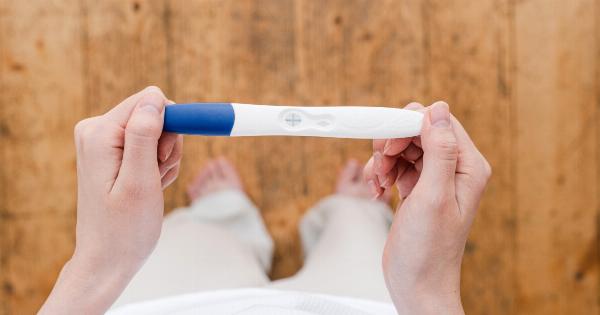Maternal age has long been recognized as a significant factor in the occurrence of premature birth.
As an increasing number of women choose to delay childbirth, understanding the relationship between maternal age and premature birth is of paramount importance. Recent studies have shed new light on this complex relationship, providing valuable insights for healthcare professionals and expectant mothers alike.
The Impact of Advanced Maternal Age on Premature Birth
Advanced maternal age, typically defined as being 35 years or older at the time of delivery, has been associated with an increased risk of premature birth.
Multiple factors contribute to this correlation, including physiological changes in the mother’s body and potential genetic abnormalities in the infant. Researchers have found that older mothers may experience age-related changes in their reproductive systems, leading to a higher likelihood of preterm labor and delivery.
A study published in the New England Journal of Medicine examined the medical records of over 300,000 pregnant women aged 20-49. The researchers found a clear link between advanced maternal age and premature birth.
The risk of preterm delivery increased steadily with age, with women aged 40 and above facing the highest risk. These findings highlight the importance of acknowledging advanced maternal age as a contributing factor and implementing appropriate healthcare measures to mitigate the associated risks.
The Role of Teenage Pregnancy and Premature Birth
While advanced maternal age is often associated with an increased risk of premature birth, another end of the spectrum also warrants attention. Teenage pregnancy has been identified as a potential risk factor for preterm delivery as well.
The biological immaturity of teenage mothers, coupled with social and economic disparities, can contribute to a higher likelihood of premature birth.
A study conducted by the World Health Organization analyzed data from 184 countries, indicating that adolescent pregnancy significantly increased the risk of preterm birth.
Teenage mothers face unique challenges, including inadequate prenatal care, higher rates of smoking during pregnancy, and increased stress levels, all of which contribute to the heightened risk of premature delivery. Addressing the specific needs of teenage mothers is crucial in minimizing the occurrence of preterm birth.
Unraveling the Biological Mechanisms
Understanding the biological mechanisms underlying the relationship between maternal age and premature birth is vital for devising effective prevention strategies.
Recent studies have focused on investigating various mechanisms that may explain this association.
One study, published in the Journal of Reproductive Immunology, explored the role of cellular senescence in premature birth.
Cellular senescence refers to the state in which cells cease to divide and enter a stress-mediated state of growth arrest. The researchers found that advanced maternal age is associated with an increase in cellular senescence markers within the uterine tissue. These markers were particularly evident in the amniotic fluid surrounding preterm fetuses.
This discovery suggests that cellular senescence may contribute to the premature onset of labor and delivery.
Another study, published in Placenta, investigated the integrity of the placenta in relation to maternal age and premature birth. The placenta plays a vital role in supporting fetal growth and development during pregnancy.
The researchers discovered that advanced maternal age is associated with increased placental oxidative stress and inflammation, both of which are known to be linked to prematurity. These findings provide key insights into the biological mechanisms at play and serve as potential targets for intervention.
Addressing Maternal Age and Its Impact on Premature Birth
Given the significance of maternal age in premature birth, proactive measures must be taken to address this issue. Healthcare providers play a crucial role in identifying high-risk pregnancies and implementing appropriate interventions.
Regular prenatal check-ups, specific screenings for genetic abnormalities, and lifestyle counseling should be provided to expectant mothers, particularly those who are either very young or of advanced age.
Early identification and prompt intervention can significantly improve outcomes for mothers and babies.
Genetic counseling and testing can further aid in identifying potential chromosomal abnormalities or genetic disorders, allowing parents to make informed decisions and engage in early interventions or medical treatments when deemed necessary.
Conclusion
The relationship between maternal age and premature birth is a complex and multifaceted one. The growing body of research highlights the importance of understanding this connection and implementing targeted strategies to mitigate the associated risks.
Healthcare providers must be proactive in addressing the needs of expectant mothers of all ages, ensuring adequate prenatal care, and offering appropriate guidance and support. By staying informed and implementing evidence-based approaches, we can work towards reducing the incidence of premature birth and improving the outcomes for both mothers and babies.































